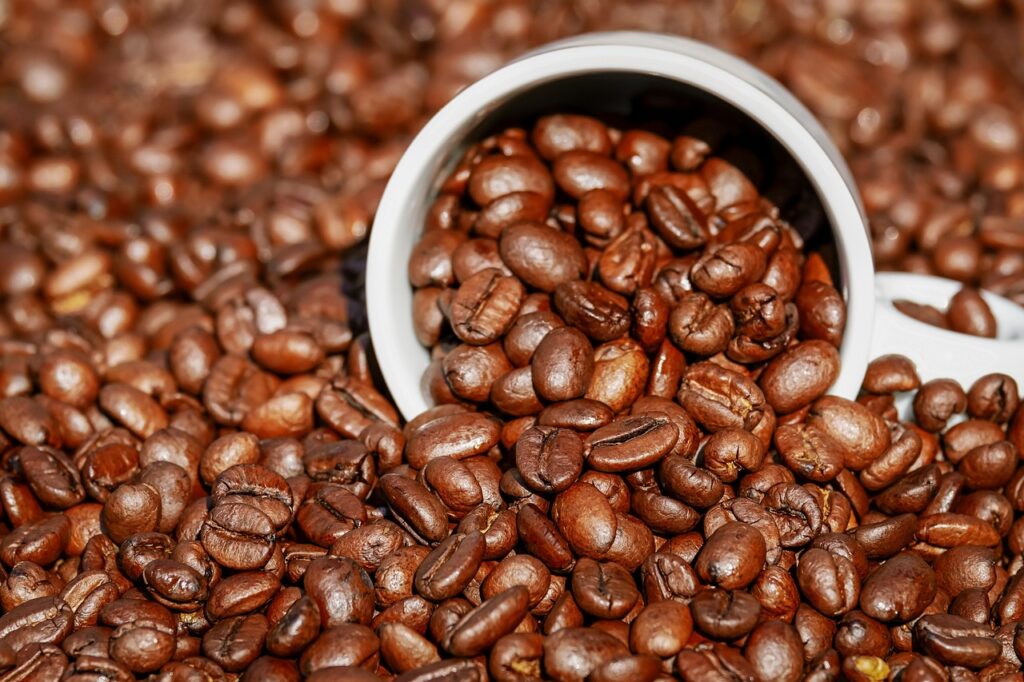Imagine tiny little helpers in your gut, busy at work, each with a mission to keep your body running smoothly. Sounds like the start of a sci-fi movie, right? Well, it’s actually happening inside you right now, thanks to the wonders of the gut microbiome. And guess what? These microscopic marvels could hold the key to managing blood sugar.
The gut microbiome is a bustling community of trillions of bacteria living in your intestines. These little critters are far from freeloaders—they play a critical role in digesting food, synthesizing vitamins, and maintaining a healthy immune system. But recent research has unearthed another impressive talent: helping regulate blood sugar levels.
For years, the spotlight was on diet and exercise as the primary ways to keep blood sugar in check. While these are still crucial, scientists have discovered that the composition and diversity of your gut bacteria can significantly influence how your body handles glucose. It’s like having an extra team of allies in your quest for balanced blood sugar.
So, how exactly do these bacteria pull off this impressive feat? It all starts with the gut-brain axis—a two-way communication system between your gut and your brain. Think of it as a high-speed information highway, where signals zip back and forth, affecting everything from your mood to your metabolism.
Certain gut bacteria produce short-chain fatty acids (SCFAs), which are known to improve insulin sensitivity. Insulin, the hormone responsible for managing blood sugar, becomes more effective, reducing the risk of blood sugar spikes and crashes. Additionally, some gut bacteria can ferment dietary fibers, creating compounds that help control appetite and reduce inflammation. By keeping inflammation at bay, these bacteria support healthier blood vessels and improved blood sugar regulation.
Not all bacteria are created equal, though. Research has shown that a diverse gut microbiome, with a variety of beneficial bacteria, is associated with better blood sugar control. A lack of diversity, on the other hand, can contribute to insulin resistance and metabolic disorders. It’s like having a well-rounded team versus a one-trick pony—the more skills and specialties, the better the overall performance.
So, how can you cultivate a gut microbiome that supports healthy blood sugar levels? It all starts with your diet. Eating a diverse array of fiber-rich foods, such as fruits, vegetables, legumes, and whole grains, can help nourish beneficial bacteria. Fermented foods like yogurt, kefir, sauerkraut, and kimchi are also fantastic sources of probiotics, which introduce helpful bacteria into your gut.
Additionally, prebiotics—non-digestible fibers that serve as food for probiotics—are essential for maintaining a thriving microbiome. Foods like garlic, onions, bananas, and asparagus are excellent sources of prebiotics. Think of them as the fertilizer for your gut garden, ensuring your beneficial bacteria flourish.
It’s worth noting that antibiotics, while sometimes necessary, can disrupt the balance of your gut microbiome. If you need to take antibiotics, consider adding a probiotic supplement to help restore the balance afterward. Remember, a happy gut is a healthy gut!
In conclusion, the gut microbiome is a fascinating frontier in the world of health and wellness. By nurturing a diverse and balanced community of bacteria, you can tap into their incredible potential to help manage blood sugar levels. So, next time you enjoy a bowl of fiber-rich oatmeal or a tangy spoonful of yogurt, give a little nod to your gut bacteria—they’re working hard to keep you feeling your best, one bite at a time. Keep feeding those little helpers well, and they’ll continue to support your journey toward balanced blood sugar and overall well-being.








